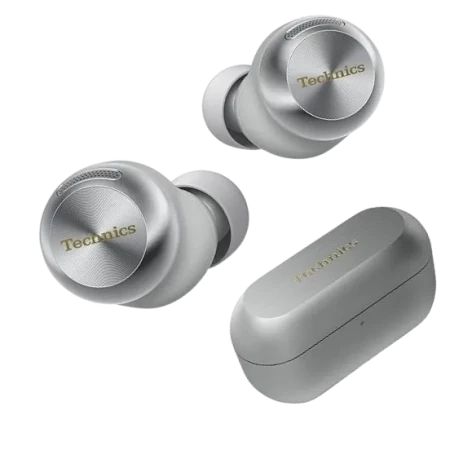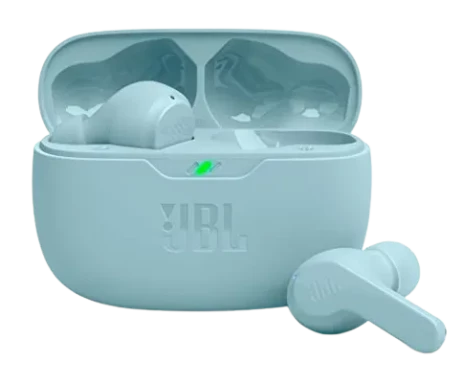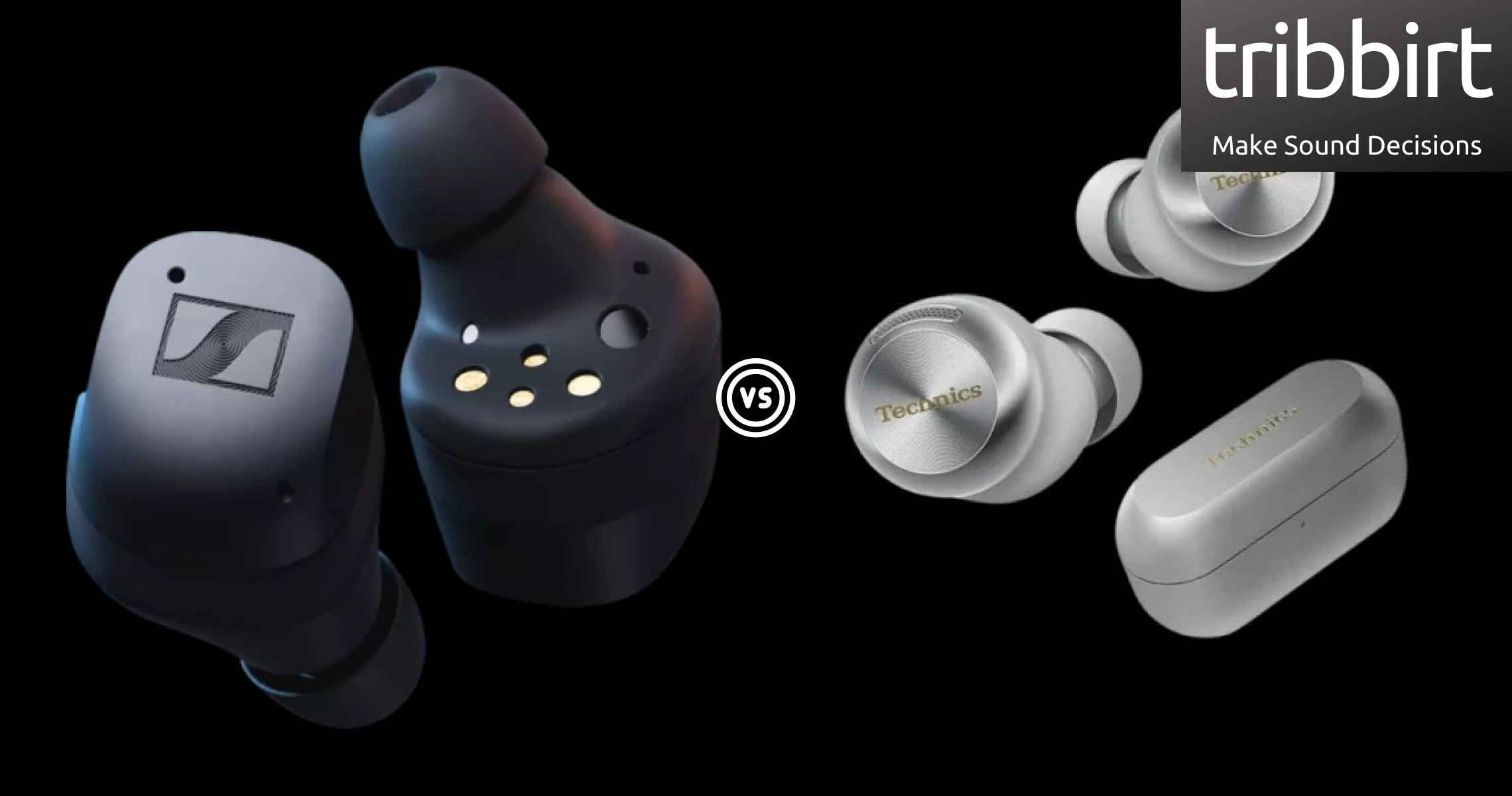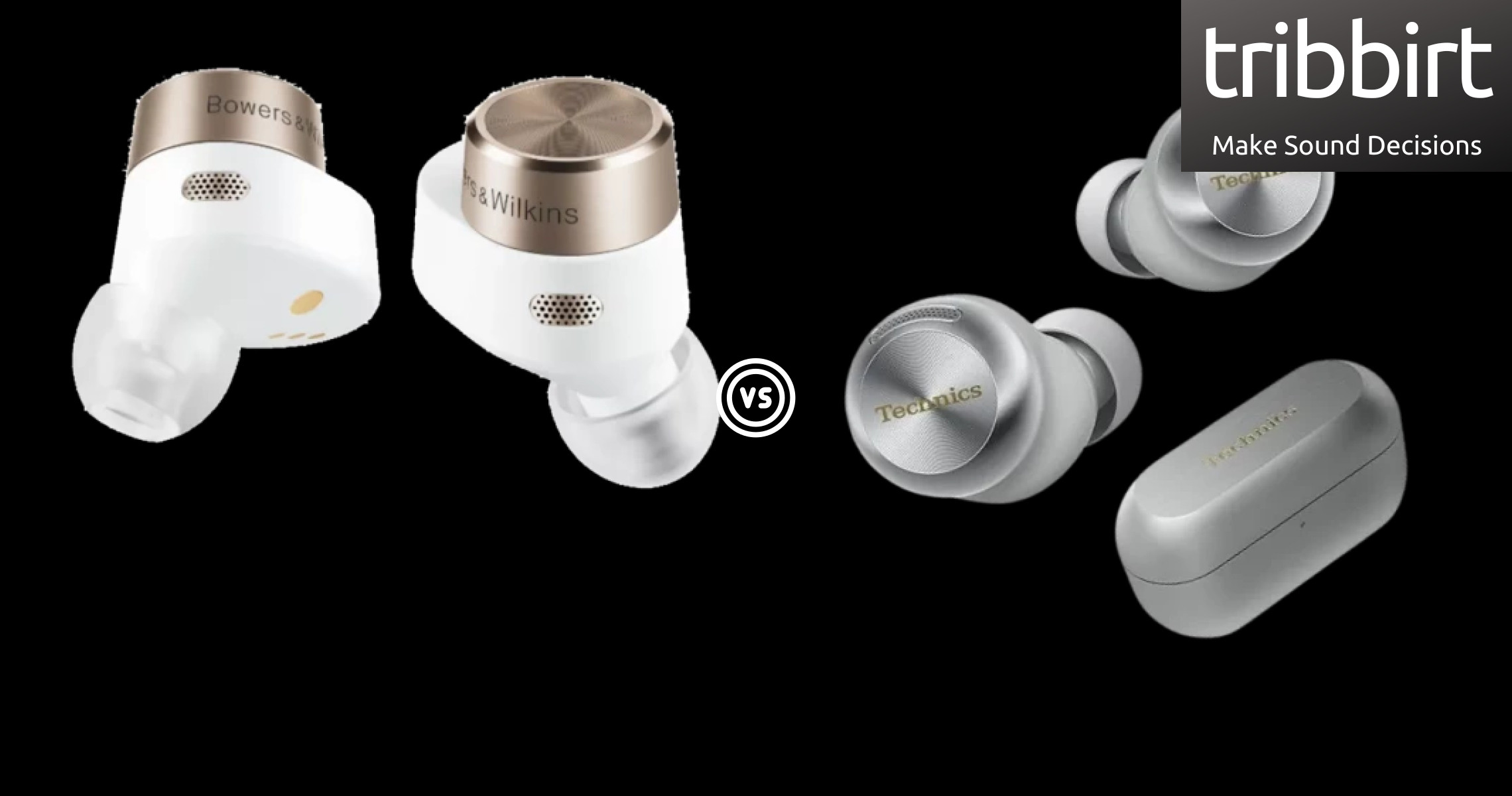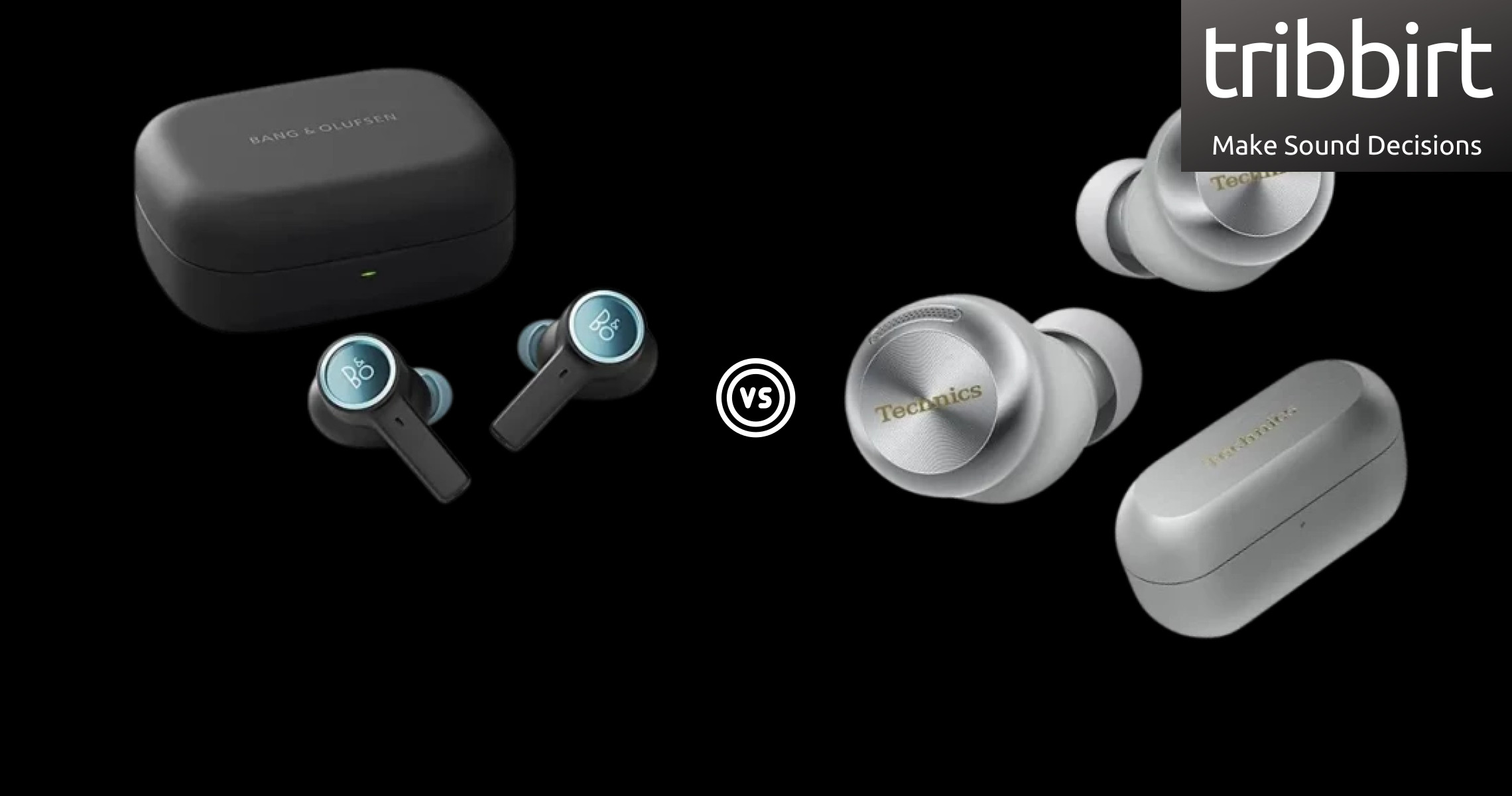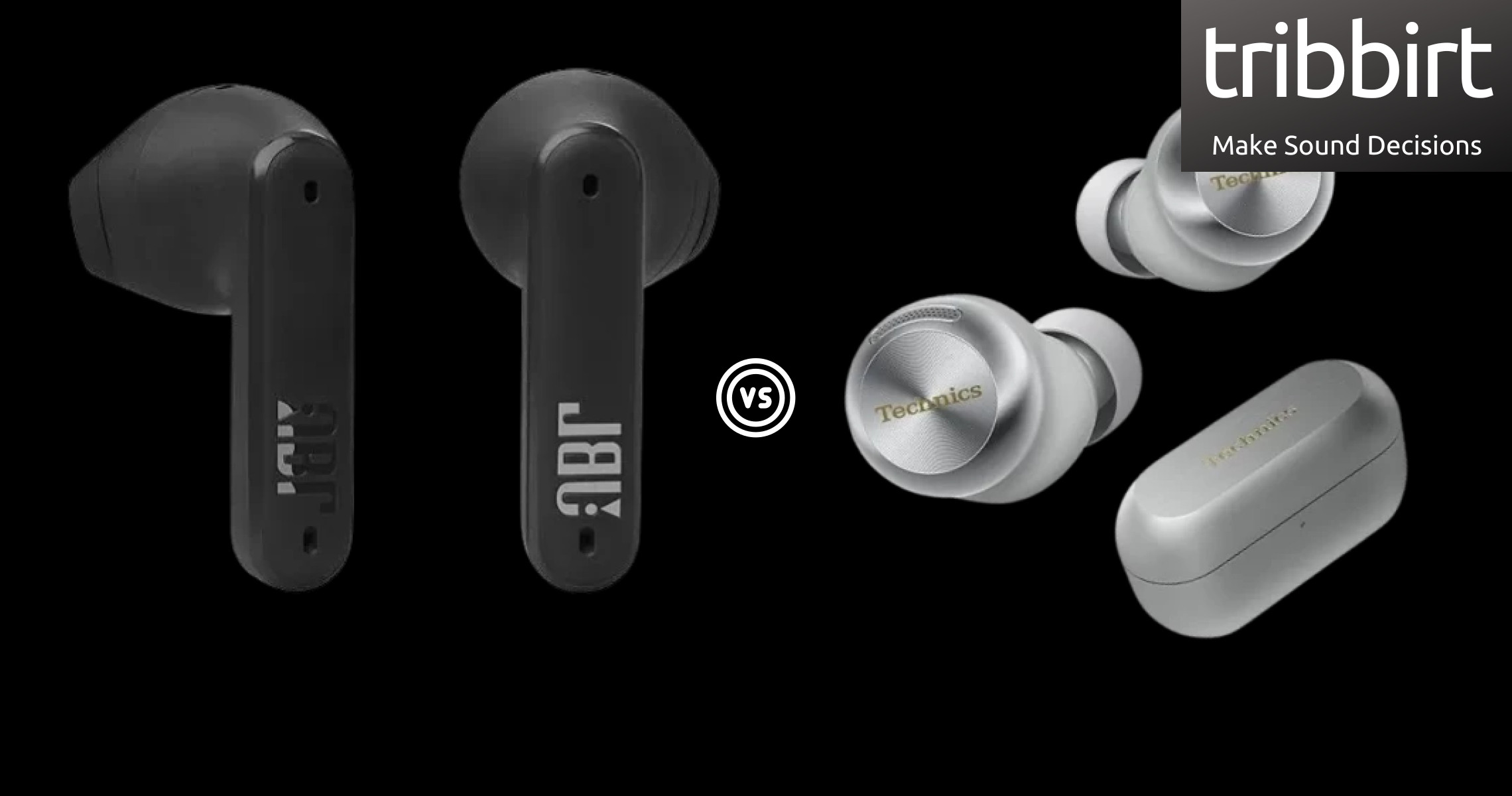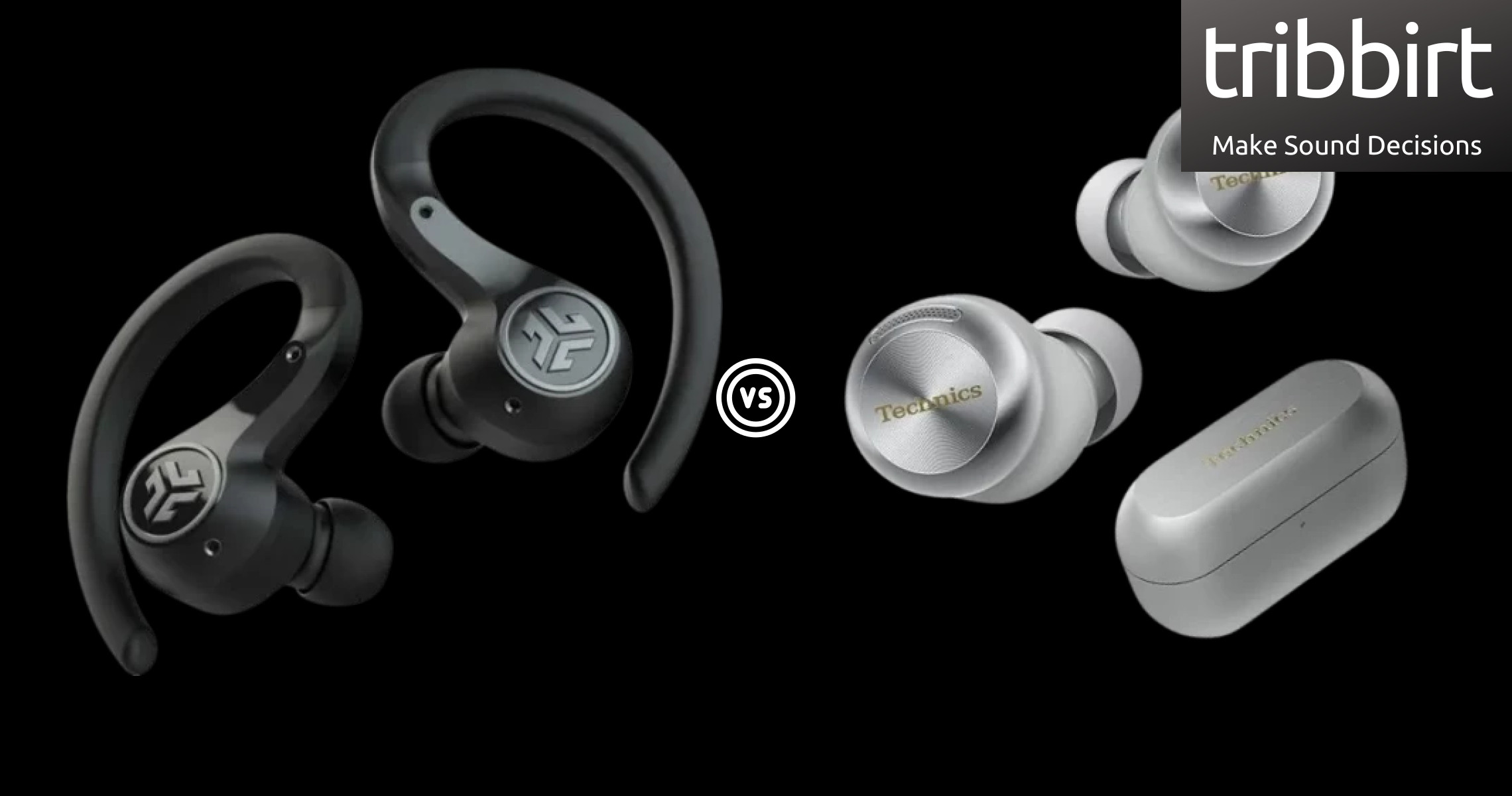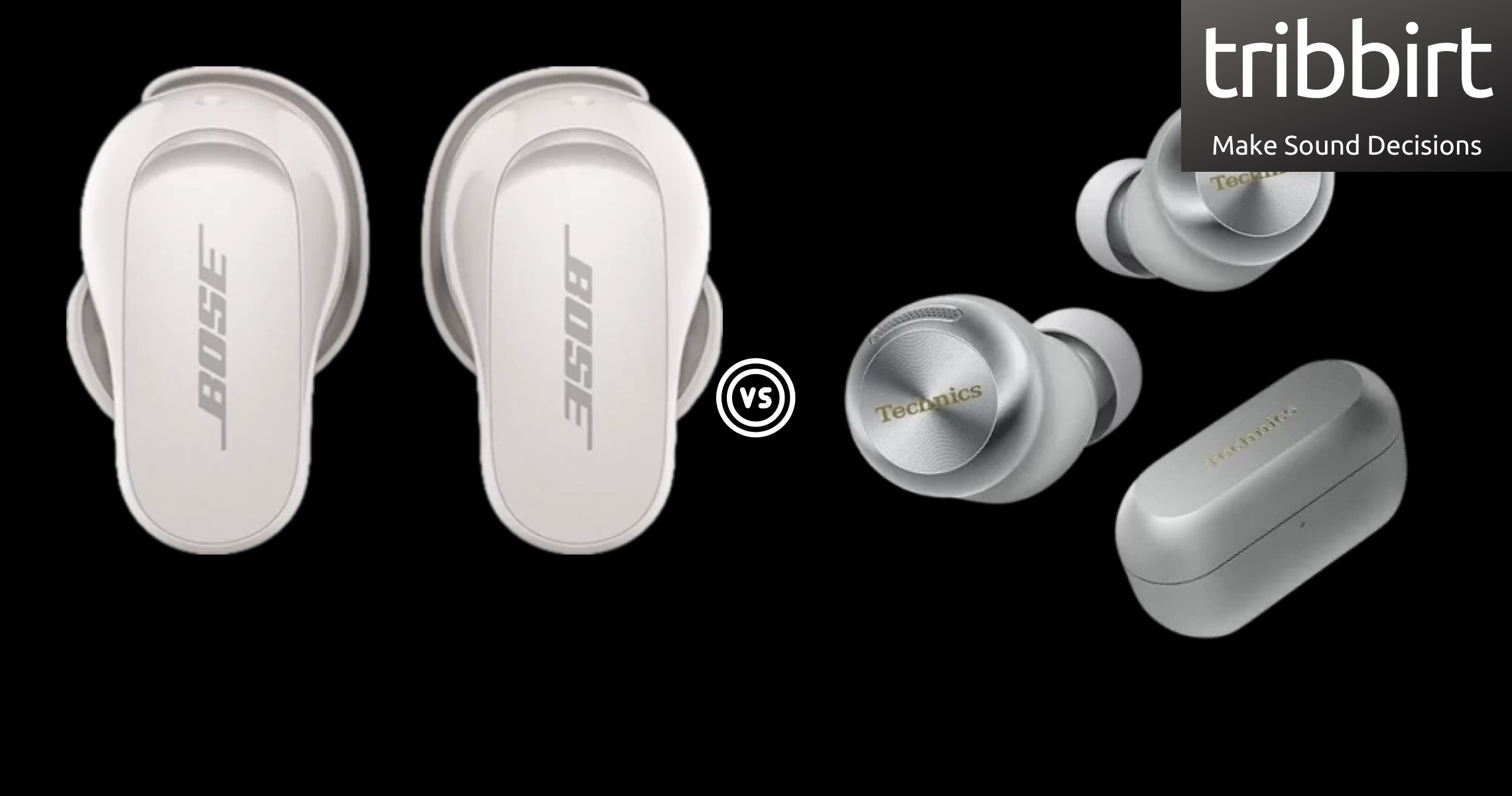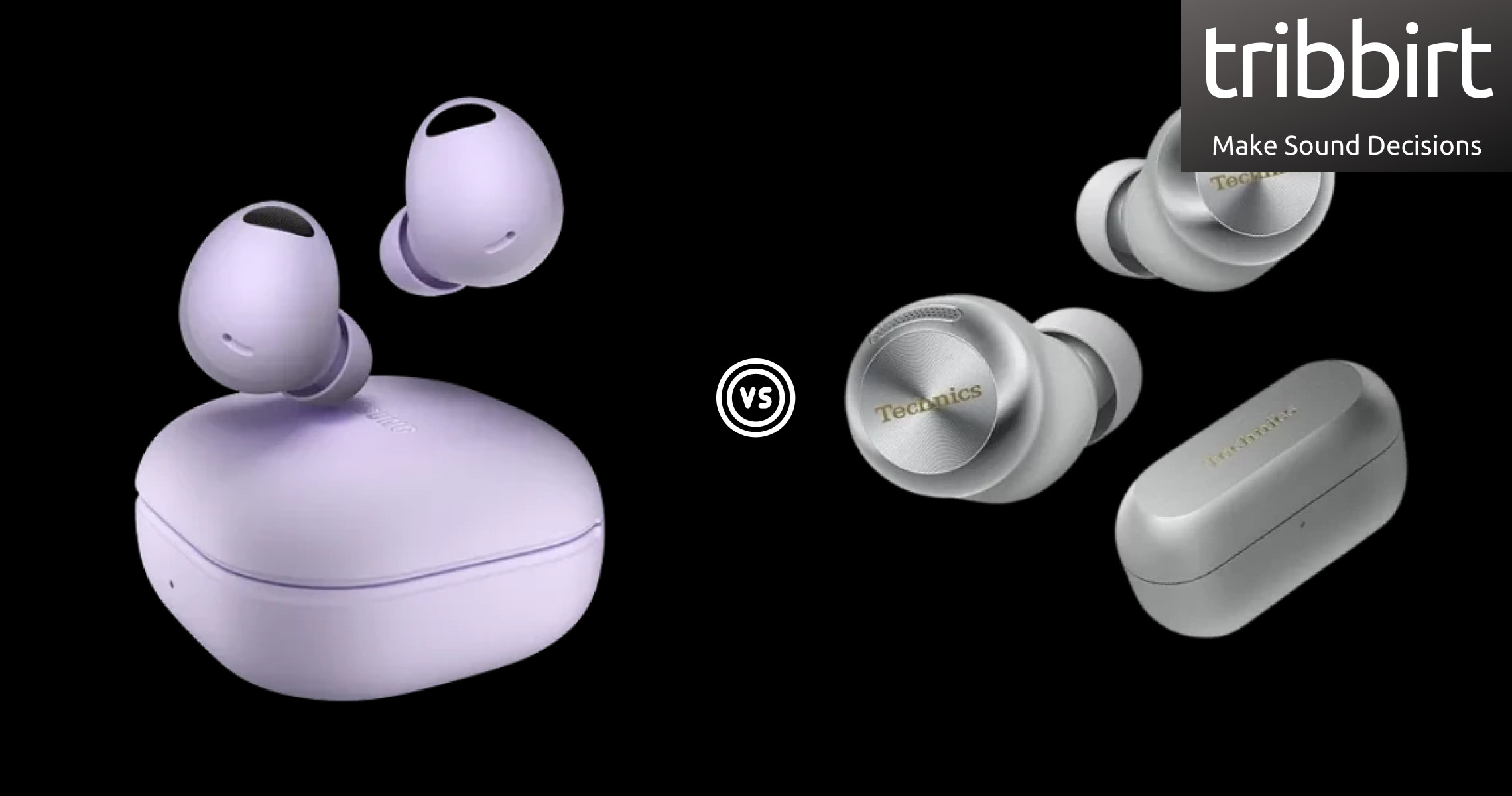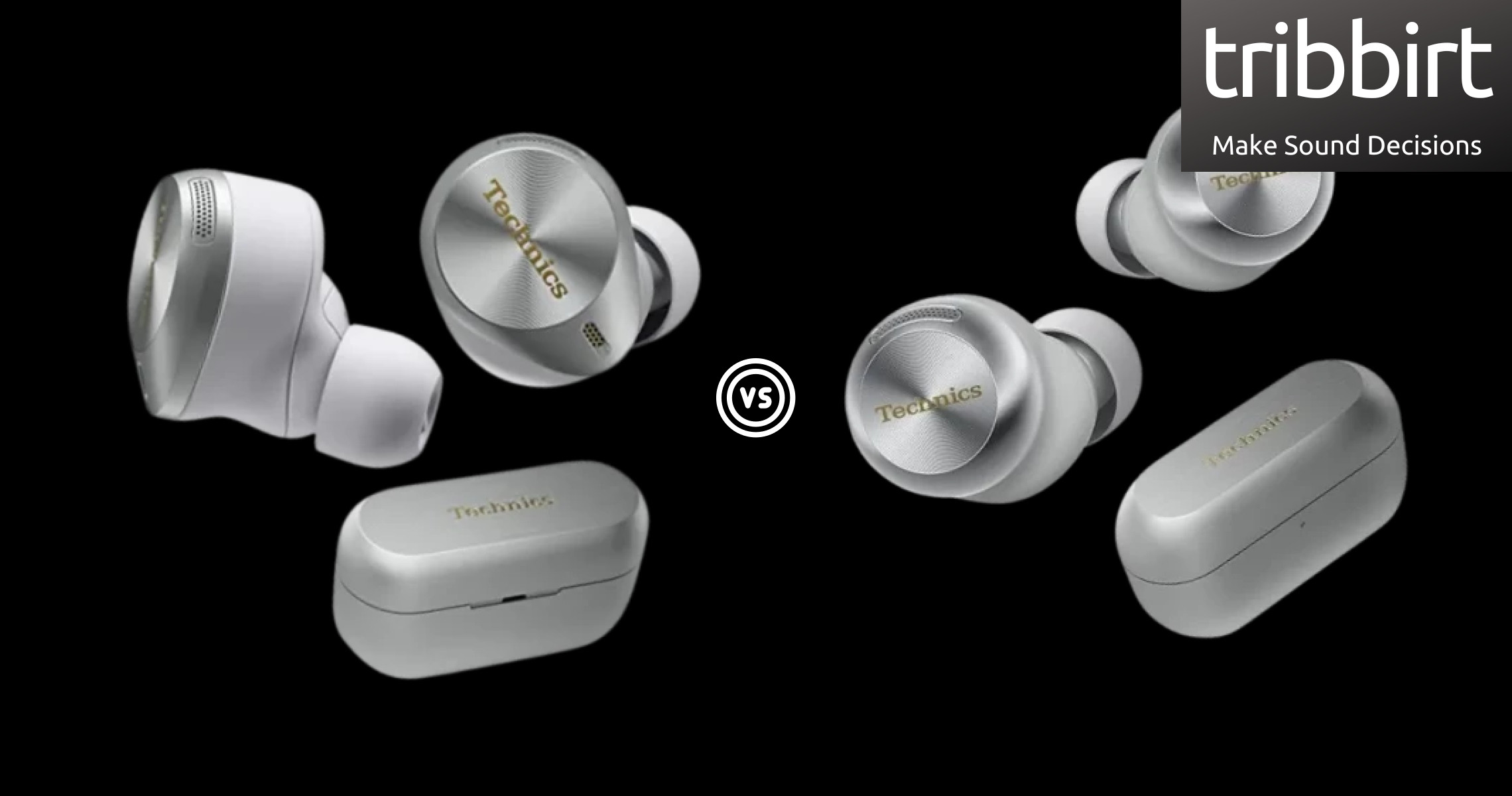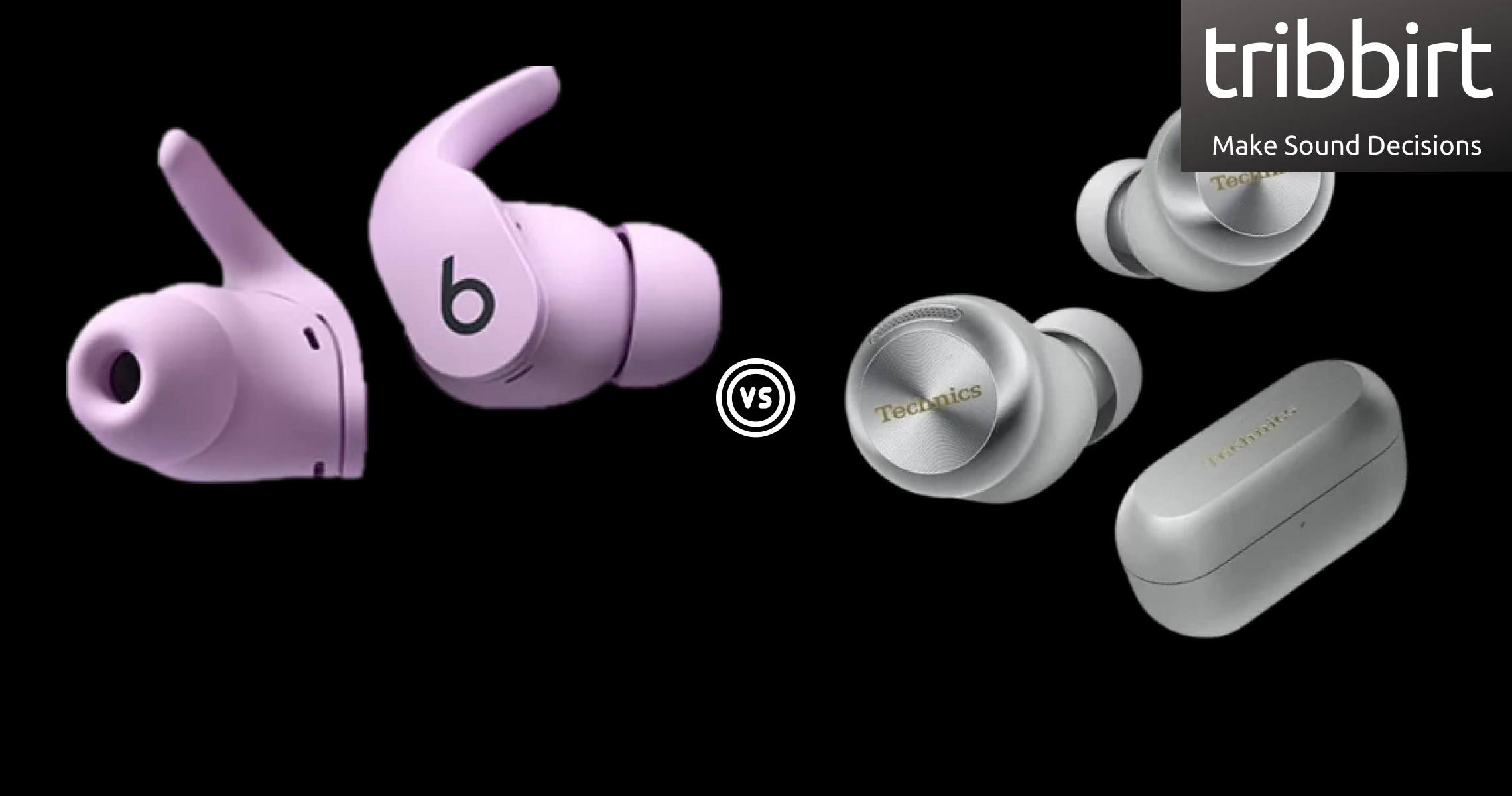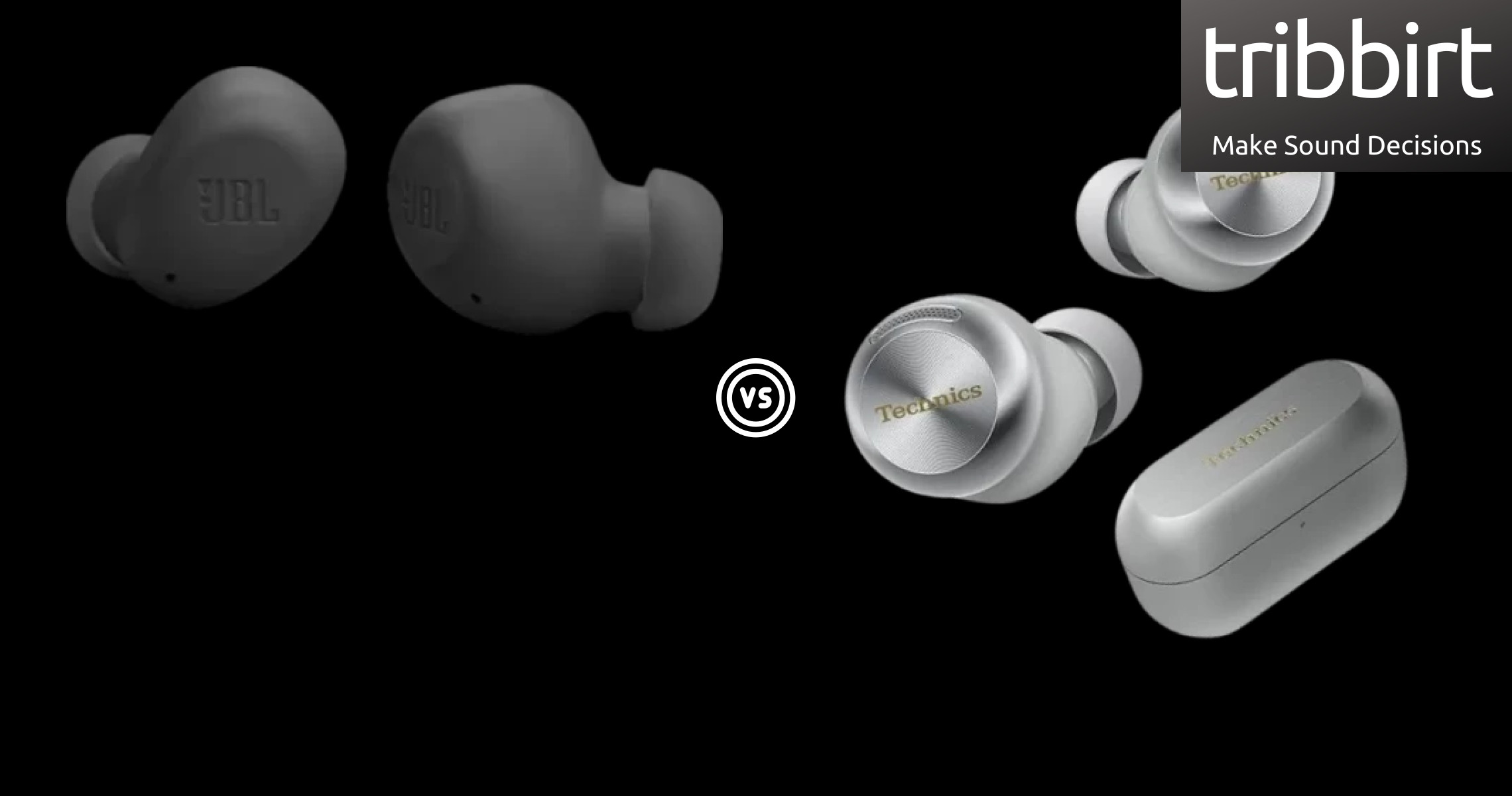Ingress protection ratings refer to the level of protection given by an enclosure, against dust and liquids. The letters 'IP' are followed by two values The first value of the IP rating refers to protection against solids say dust, while the second refers to resistance against liquids (water).
Having a value of IPX4, the Technics EAH AZ100's rating is read as, the first value of X denotes that no data available to specify a protection rating, and of liquids that they can withstand low pressure spray similar to that of a shower head when tilted at 180° for 10 minutes. In comparison to the Technics EAH AZ100, JBL Wave Beam have a rating of IP54 meaning that
ingress of dust is not totally prevented but dust does not enter in harmful quantities to interfere with the correct operation or impair safety
and that of liquids is that,
they both have the same rating against liquids
Technics EAH AZ100 have a weight of 11.8g . We consider a lower weight best for the reason that lighter devices are easier to move with.
The JBL Wave Beam, at 8.8g
weigh less than the Technics EAH AZ100 with a difference -3g
For a device to be true wireless it must have no wires linking any part of the device together, Technics EAH AZ100 are true wireless for this matter since they have no cables. This is a major difference as some wireless earbuds have wires connecting the two earbuds .
JBL Wave Beam also is true wireless because it doesn't have cables connecting the 2 earbuds together. Technics EAH AZ100 have sweat resistance
JBL Wave Beam's resistance to sweat makes both devices ideal for use while doing sports such as long-distance running, marathons, cardio sweat workouts , etc
Technics EAH AZ100 have stereo speakers, devices with stereo speakers deliver sound from separate channels on both left and right sides, this creates a richer sound and a better listening experience.
The JBL Wave Beam also have stereo speakers
Active noise cancellation utilises more advanced technology to actively cancel noise. ANC works when, it studies the sound pattern outside and inside the earbud and after generates a mirror signal to cancel it out. In simple terms, it's like having +1 (sound from your surrounding) then producing -1 (counter sound by the device) to make 0 which results in a reduced level of noise.
The Technics EAH AZ100 have Active Noise Cancellation enabling you to listen at lower volume levels, good for your ears since you don't need to crank up the earbuds volume to outcompete background sounds. JBL Wave Beam too have ANC making both devices ideal for plane rides and rush hour commutes. Each operate with different noise cancellation settings, pick the mode that you prefer for commute or that suites your chill time.
Technics EAH AZ100 sit well in place, this creates a sound seal that tones down background noise well as preventing the earbuds voice audio from leaking out at the same. Both of these devices have passive noise reduction which means that they limit ambient noise without using ANC to cancel it out. Technics EAH AZ100 have a unit size of 10mm in diameter, bigger drivers are more powerful, and can produce better bass.
A driver unit is basically a mini speaker that makes sound in the earbuds, its size corellates with the loudness of the earbuds. JBL Wave Beam driver unit is 8mm in diameter,
which implies that they have a smaller driver unit than that of Technics EAH AZ100 by 2mm
, as many tend to believe that driver units of a bigger size automatically produce better sound quality.
However, large drivers find it difficult to produce high frequencies so it's true that, larger drivers can generate louder sound, but this does not imply that they deliver better quality sound.
Technics EAH AZ100's lowest frequency is at 20Hz, low-frequency response measures if and how well an audio component produces low recognizable frequencies and if it alters the signal on its way through. JBL Wave Beam's lowest frequency is at 20Hz, this implies that
both devices produce equal bass
The Technics EAH AZ100's highest frequency is at 40,000Hz, high-frequency response tells how well an audio device generates high recognizable frequencies and if it changes to the signal on its way through. JBL Wave Beam's highest frequency is at 20,000Hz, this implies that
Technics EAH AZ100 generate a clearer and crispier treble than the JBL Wave Beam
Technics EAH AZ100's battery life is 12 hours, these last longer than 5 hours of listening which is considered average for a single charge.
A device's battery life is given by the manufacturer, and with more battery hours, you get to use it for longer and requires fewer chargings. JBL Wave Beam's battery life is
less than that of Technics EAH AZ100 by 4 hours
. Each time you recharge your earbuds, they get a little less playing time. The effect is not noticeable at first, but over time, your wireless earbuds will have shorter listening time.
The battery life of the charging case is given by the vendor, and the Technics EAH AZ100's case has a charge of 18 hours. A charging case with a longer battery life enables you to recharge your earbuds on the go multiple times before having to recharge the case itself. JBL Wave Beam's charging case has a battery life of 24 hours,
more than that of Technics EAH AZ100 by 6 hours
It takes 2 hours to fully charge the Technics EAH AZ100's battery.
It is recommended to charge fully the battery before using the earbuds for the first time. JBL Wave Beam takes 2 hours to fully charge the battery,
equal to that of the Technics EAH AZ100
Technics EAH AZ100 have a battery level indicator, an indicator alerts you when the device has a low battery. Its lights indicate the charging status of your device and charging case.
JBL Wave Beam too have a battery level indicator, charging indicators enable you determine the charging state of your earbuds, whether fully charged, or having a low battery. The Technics EAH AZ100 support USB TYPE-C, an industry-standard connector for transmitting both data and power in a single cable. JBL Wave Beam too have USB TYPE-C.
This USB-C plug is part and parcel of most current laptops, phones, and tablets. Technics EAH AZ100 have Bluetooth version of 5.3, Bluetooth is a wireless technology standard that allows data transfers between devices placed in range, using short-wavelength, ultra-high frequency radio waves. JBL Wave Beam has a Bluetooth version of 5.2,
older than that of Technics EAH AZ100
. Newer versions provide faster data transfers.
The Technics EAH AZ100 have a 10meters distance to connect via Bluetooth. JBL Wave Beam have a maximum range of 10meters,
equal to that of the Technics EAH AZ100
Technics EAH AZ100 support AAC, a codec used for Bluetooth audio. It supports 24-bit audio at 250kbps.
Because it uses psychoacoustic modeling, it provides better results than other codecs at a similar bit rate.
Since its the highest quality codec that any Bluetooth-supporting Apple product supports, the Technics EAH AZ100 will work fine with your iPad. If you are planning on using these with Android you need to pay even closer attention to codec support for if they only have AAC they won't provide the best audio quality possible, ensure that they also support aptX HD, LDAC, or LHDC as well.
The Technics EAH AZ100 support LDAC, a codec developed by Sony
which allows streaming high-resolution audio over Bluetooth connections at up to 990 kbps at 32 bit/96 kHz. It can reach a high bitrate of 990kbps, which provides high-resolution audio. Technics EAH AZ100 have a noise-canceling microphone, these microphones are designed to reduce noise from the desired sound.
The JBL Wave Beam too use a noise-canceling microphone. This is useful in noisy areas. The Technics EAH AZ100 support ambient sound mode, which uses microphones to pass through ambient noises so that they can still be heard even when wearing the earbuds
The JBL Wave Beam support ambient sound mode as well, it’s useful when you want to listen to music but also be aware of your surrounding, for example when you’re having a run but still want to hear traffic.
Technics EAH AZ100 support in/on-ear detection, the sensors in the device can detect when removed from your ears .
If misplaced in a room, or can't easily find them in your bag, the Technics EAH AZ100 support the find earbuds feature. JBL Wave Beam also have the find earbuds feature. Simply use the earbuds app on your smartphone to play an alarm from your earbuds to help you find them.
Technics EAH AZ100 support fast charging. Usually, technologies like Qualcomm’s Quick Charge, are used to reduce the amount of time it takes to fully charge the earbuds. The JBL Wave Beam too support fast charging.
It's very similar to regular charging, only that the battery fills up much faster. Say, with Quick Charge 3.0, the battery can be charged to 50% in just 30 minutes. The Technics EAH AZ100 support multipoint of 3 connections, this feature allows you connect to more than one Bluetooth device and switch between them.
For example, you can easily switch calls from one device to another without having to manually disconnect and reconnect. The Technics EAH AZ100 have a mute function, they have the option to mute/unmute a conversation directly from the earbuds. The JBL Wave Beam also support the mute function.
The mute function means that you are in position turn off the earbuds' microphone, but you can still hear the other party's voice. The Technics EAH AZ100, so you can access the volume control, pause, play, mute, etc whichever functions are supported on the earbuds. The JBL Wave Beam too have a control panel on them.
Technics EAH AZ100 support voice prompts. With voice prompts, you receive information through audio messages, like if there is an issue with the connection. The JBL Wave Beam too support voice prompts meaning the earbuds will notify you when the battery is running low, and you need to recharge the device.
The Technics EAH AZ100 come with a special pouch. Carrying earphones openly, or putting them inside your bag without a cover can easily put them at risk of getting damaged. JBL Wave Beam too have a travel bag included, which offers safe transportation.
